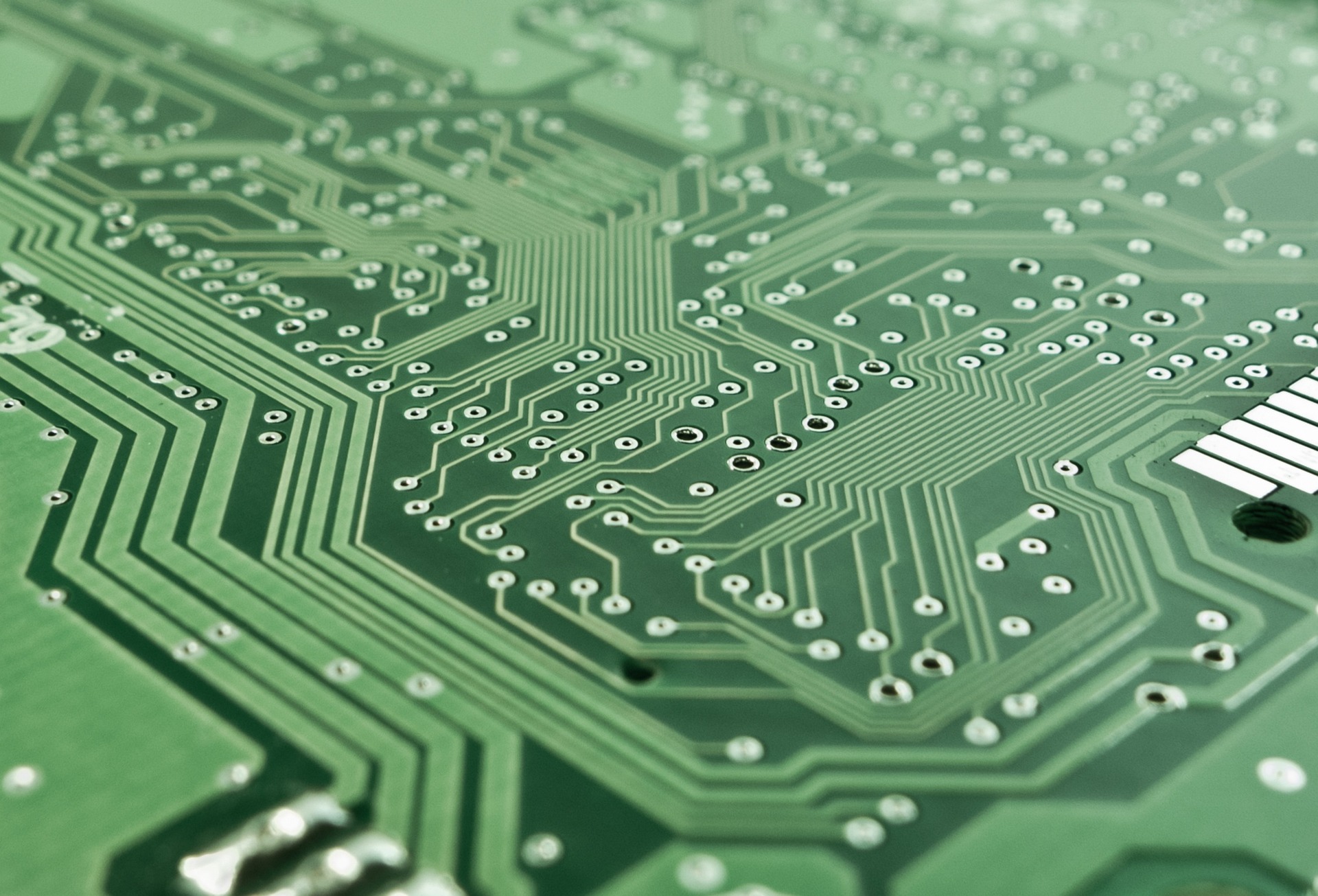
IoT applications in business
Businesses are embracing IoT to transform operations and customer experiences. Here are some use cases to see how real-world businesses are leveraging IoT across different domains.
Supply chain management
The Internet of Things (IoT) plays an instrumental role in supply chain management. By enabling real-time tracking of goods, IoT technology significantly improves visibility throughout the supply chain and enhances efficiency and reliability.
With the use of smart sensors, businesses can receive up-to-the-minute updates on the location and condition of products in transit. This capability allows for more accurate delivery timelines and fosters trust among all stakeholders.
IoT enables immediate response to potential issues, which minimizes disruptions, helps businesses maintain operational continuity, and enhances customer satisfaction through predictable and punctual deliveries.
The benefits of IoT in supply chain management extend beyond the tracking of goods. IoT devices enable predictive maintenance and alert operators about potential mechanical issues. This proactive approach to maintenance can save time and resources while also extending the life span of valuable machinery.
Industrial IoT (IoT)
The Industrial Internet of Things (IIoT), a subset of the larger IoT framework, focuses on the automation and optimization of factory operations. Manufacturing units leverage interconnected sensors, instruments, and other devices networked together with computers’ industrial applications.
Sensors on machinery provide real-time monitoring of equipment performance, enabling operators to react swiftly to changes and avoid unexpected failures. Through IoT platforms that gather, analyze, and interpret data, IIoT facilitates more informed decision-making, reduces downtime, and increases operational efficiency with predictive maintenance.
IIoT not only ensures better control over industrial operations but also contributes to more efficient resource allocation, improved safety standards, and increased productivity. The potential benefits of IIoT include environmental sustainability, workforce development, and the utilization of smart factories.
Health care
Health care is another sector profoundly impacted by IoT. Remote monitoring of patients using connected devices can provide real-time data to health care providers, facilitating personalized treatment plans.
Wearable medical devices such as heart rate monitors, blood pressure cuffs, and glucose monitors can be connected to the internet. This constant monitoring allows doctors and nurses to track patient health in real time. In emergency care, connected ambulances can transmit patient data to the hospital en route, allowing medical staff to prepare for the patient’s arrival and begin treatment quickly.
This post was originally published on the 3rd party mentioned in the title ofthis site





